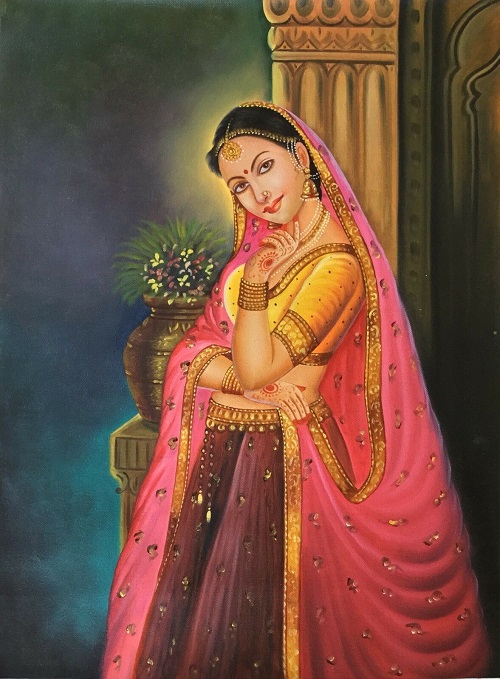FWP:
SETS
SPRINGTIME: {13,2}
TAMASHA: {8,1}
‘UNION’: {5,2}
For background see S. R. Faruqi's choices. This verse is NOT one of his choices; Largely for the sake of completeness, I have added it myself. For more on Ghalib's unpublished verses, see the discussion in {4,8x}.
Gyan Chand says this is 'a famous verse', which is intriguing, since it's so utterly simple. It shows that Ghalib's public used to know some of the non-divan verses, which hardly the case today, and that they sometimes enjoyed the less 'Ghalibian' ones.
This ghazal is also a nice plank for the argument I am making against the 'natural poetry' claim that Ghalib rejected his early ghazals because they were too baroque and 'difficult'. Here is an early ghazal (1816) that originally consisted of four quite complex verses followed by an extremely simple closing-verse. When he chose verses for his published divan, Ghalib included the four difficult ones, and omitted this extremely simple one. For the whole argument, see {155,3}.

Asi:
Oh Asad, the springtime of spectacle of the garden of life is exactly this: that 'union' would be attained with tulip-cheeked ones and cypress-statured ones. (260)